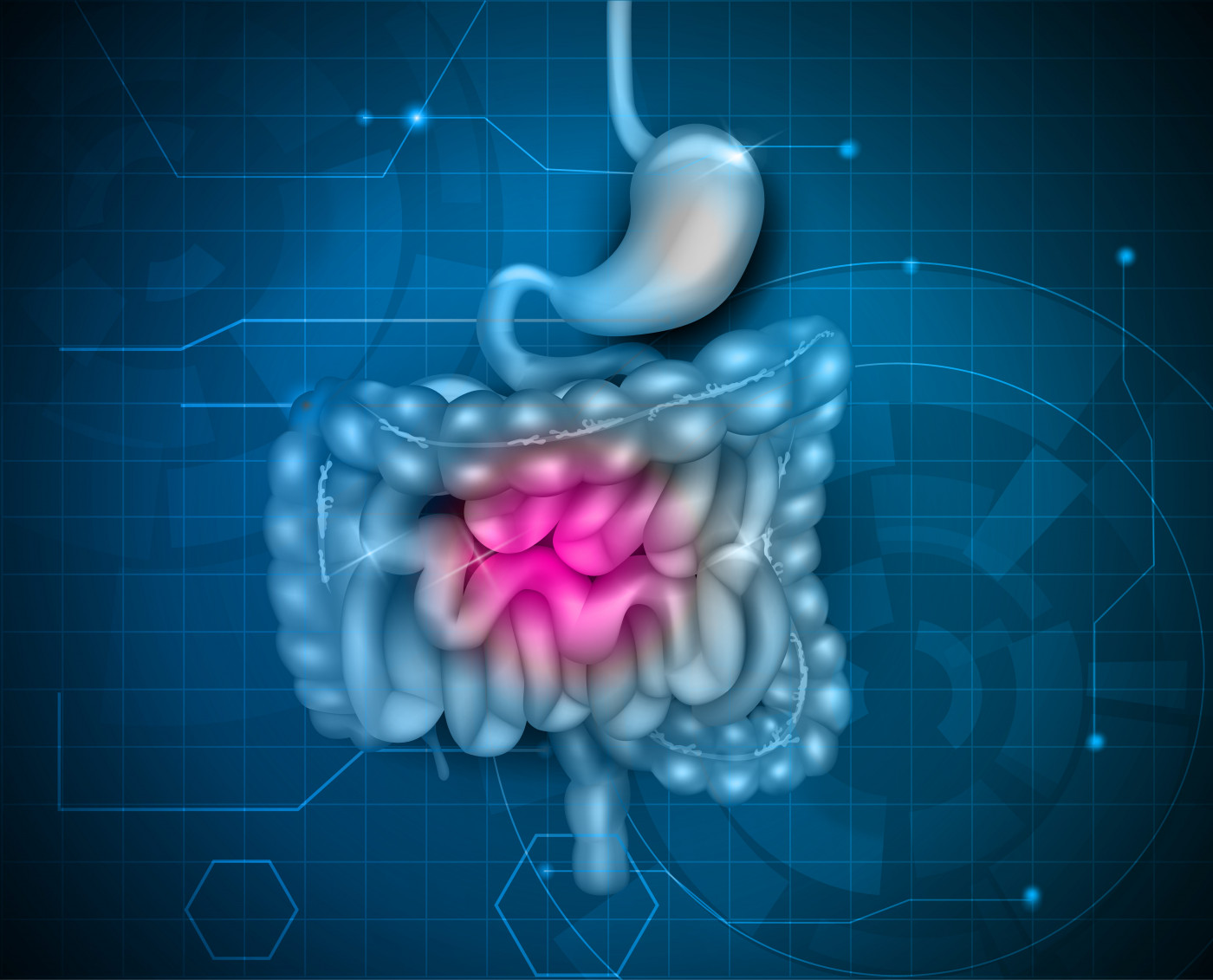Fecal Protein Tied to Worse GI Symptoms, Quality of Life in CF Children

Elevated levels of fecal calprotectin protein, a biomarker for intestinal inflammation, was linked to worse gastrointestinal symptoms and quality of life in children with cystic fibrosis (CF), a study reports.
Measuring calprotectin may help clinicians better distinguish the source of gastrointestinal symptoms and impaired quality of life in CF, allowing for optimized treatments, the researchers said.
The study,” Increased Fecal Calprotectin Is Associated with Worse Gastrointestinal Symptoms and Quality of Life Scores in Children with Cystic Fibrosis,” was published in the Journal of Clinical Medicine.
Beyond the lungs, malfunctioning cystic fibrosis transmembrane regulator (CFTR) gene can lead to digestive disorders that trigger intestinal inflammation and bacterial overgrowth, worsening gastrointestinal (GI) symptoms.
Studies have suggested that elevated levels of calprotectin protein in the feces of CF patients indicate the presence of immune cells associated with intestinal inflammation, particularly in those with pancreatic insufficiency (lack of digestive enzymes).
However, the link between calprotectin levels, gastrointestinal symptoms, and quality of life (QoL) in people with CF remains unclear.
Researchers based at the University of Bordeaux in France examined fecal calprotectin levels in 37 children with CF. Using clinical data, researchers investigated associations with GI symptoms and QoL using validated questionnaires.
The children’s median age was 10 years, were mostly boys (59.5%), with chronic Staphylococcus aureus infection in the lungs, and had pancreatic insufficiency (fecal elastase less than 200 micrograms per liter).
Both children and parents completed the Gastrointestinal Symptoms Scales 3.0-PedsQLTM and Quality of Life Pediatric Inventory 4.0-PedsQLTM questionnaires in which lower scores reflect worse GI symptoms and QoL.
The analysis found the overall mean fecal calprotectin level was 70.0 micrograms per gram (ug/g) of feces. Among the 37 children, five were assigned to a group with fecal calprotectin levels greater than 250ug/g (mean 352.0 ug/g), and 32 had low levels (mean 70.0 ug/g).
GI symptoms scores assessed by children and their parents were significantly lower for the “Total Score,” “Heartburn and Reflux,” and “Nausea and Vomiting,” in the high fecal calprotectin group compared with the low fecal calprotectin group.
Furthermore, “Gas and Bloating” scores assessed by children and “Stomach Discomfort When Eating” scores assessed by parents were decreased significantly in the high fecal calprotectin groups.
Quality of life scores assessed by children were lower for “Total Score,” “Emotional Functioning,” and “Social Functioning” in the high fecal calprotectin group compared to low fecal calprotectin. QoL scores assessed by parents were not significantly different between the two groups.
Statistical analysis found higher fecal calprotectin was associated with worse GI scores for “Total Score,” “Trouble Swallowing,” “Heart Burn and Reflux,” “Nausea and Vomiting” and “Gas and Bloating,” as assessed by children. From parents, higher fecal calprotectin was associated with worse “Stomach discomfort when eating” and “Heartburn and Reflux” scores.
Worse QoL “Social Functioning” scores, as assessed by children, were associated with higher fecal calprotectin.
“A [fecal calprotectin] level above 250 ug/g was associated with worse gastrointestinal symptoms and QoL scores,” the researchers wrote.
No significant links were found between fecal calprotectin levels and patients’ clinical characteristics, including age, weight, height, sex, infection by Pseudomonas aeruginosa or Staphylococcus aureus bacteria, hospitalization for exacerbation, low lung function, or treatment with antibiotics.
A comparison of GI symptom and QoL scores obtained from children found “Food and Drink limits,” “Trouble Swallowing” and “Blood in Poop” scores were correlated to the “QoL Total” scores. QoL scores and the GI total score were associated except for the “school functioning” score. Moreover, all GI scores obtained were correlated with “Social Functioning” scores.
According to parents, GI Total score was correlated to “QoL Total,” “Emotional Functioning,” and “Social functioning” scores. Scores for “Gas and bloating,” “Constipation,” and “Diarrhea” were the only GI symptoms correlated to the “QoL Total” scores.
“Our results show that in CF children, an increase in fecal calprotectin, a biomarker known to be related to [microbial imbalance] and intestinal inflammation, is associated with worse GI symptoms and impaired QoL,” the authors concluded.
“Measurement of the [fecal calprotectin] level could help the clinician to better discriminate the origin (functional or organic) of gastrointestinal manifestation and impaired quality of life in CF, and thus allow to optimize or adapt the treatment,” they added.







